Transport
The economic situation of World War I, with an increasing demand for coal and the impossibility of importing fuel and locomotives from Europe, led many railways to expand their engine fleet from the United States. Langreo Railway was no exception and acquired a group of half a dozen engines from the Vulcan Iron Works.
By the 1920s, the Asturian railway company needed to replace its older locomotives with a more powerful and reliable model. Those in charge of the line must have been satisfied with the performance of the American locomotives. Between 1925 and 1942, they ordered a dozen copies from Babcock & Wilcox, a company in Biscay (Basque Country, Spain). They bore the numbers 39 to 50, just after their yankee sisters, and were collectively known as "American", as opposed to the Belgian machines acquired at the beginning of the century. Number 46 was the last of a set of four put into service in 1931.
They were locomotives with three coupled axles, side tanks and external cylinders. This was the preferred model for Langreo Railway as it allowed both line services and manoeuvring in the numerous coal loading docks along the route. For decades, they were the basis of the railway and were used for both freight and passenger trains.
Following the introduction of diesel engines in the mid-1960s, most of them were scrapped. However, two examples were kept for manoeuvring in the facilities of the Carrocera washing plant, near El Entrego. They passed to FEVE’s hands in 1972, at the time Langreo Railway was nationalised. One of them was number 46, which suffered an accident shortly afterwards when it lost its brakes during a manouvering operation and ended up crashing, damaging its rear area.
It was immediately withdrawn from service and abandoned in Carrocera, where it remained for a long time until it was loaned to the Mining Museum. It is currently housed in its facilities, but has not been restored yet.

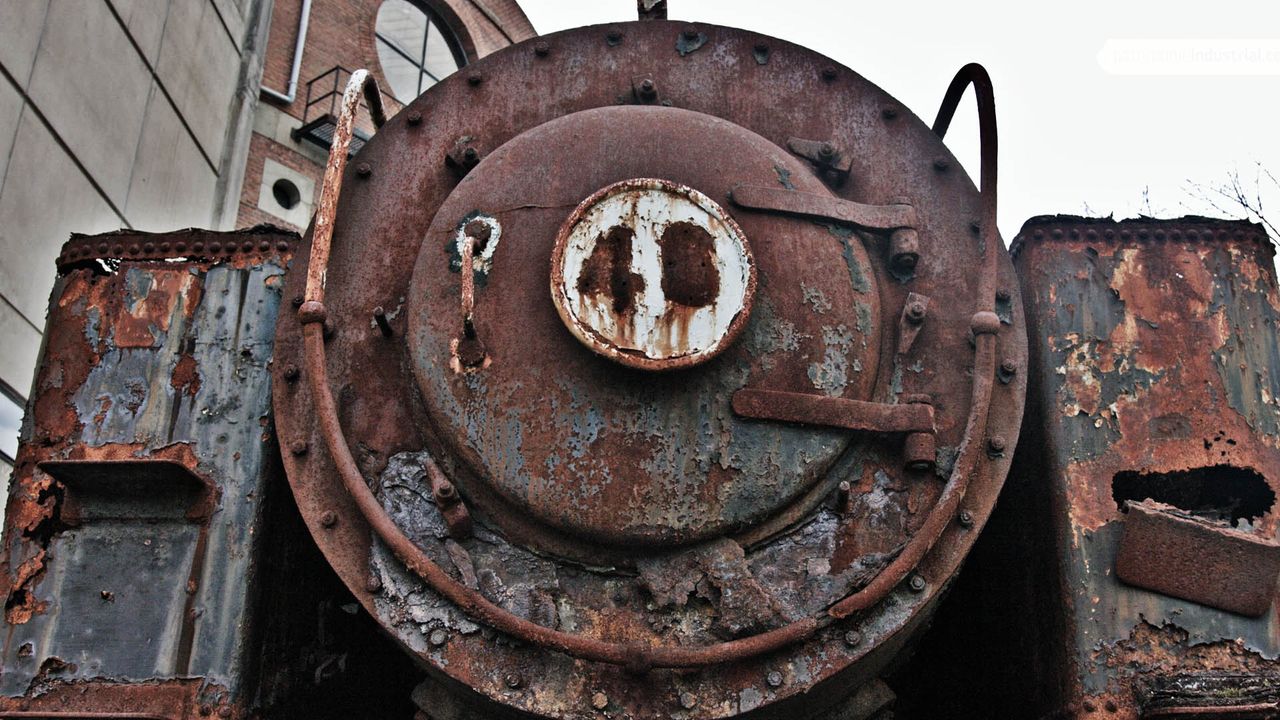

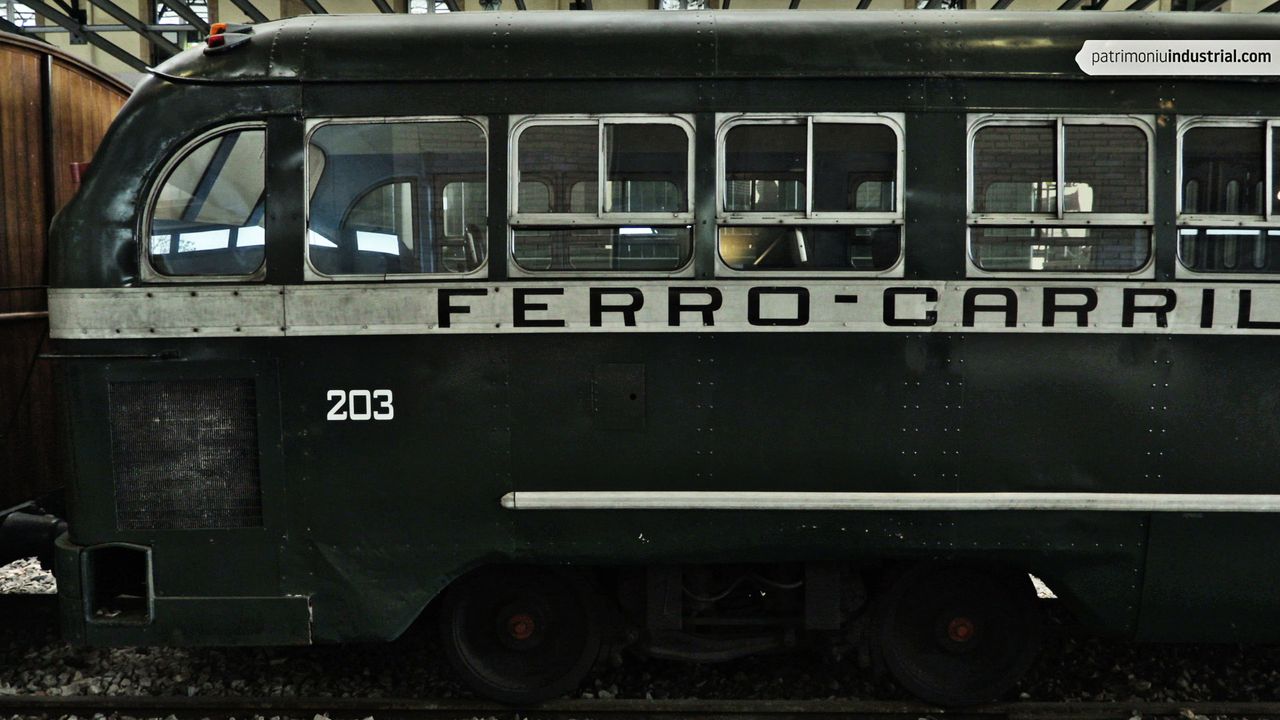
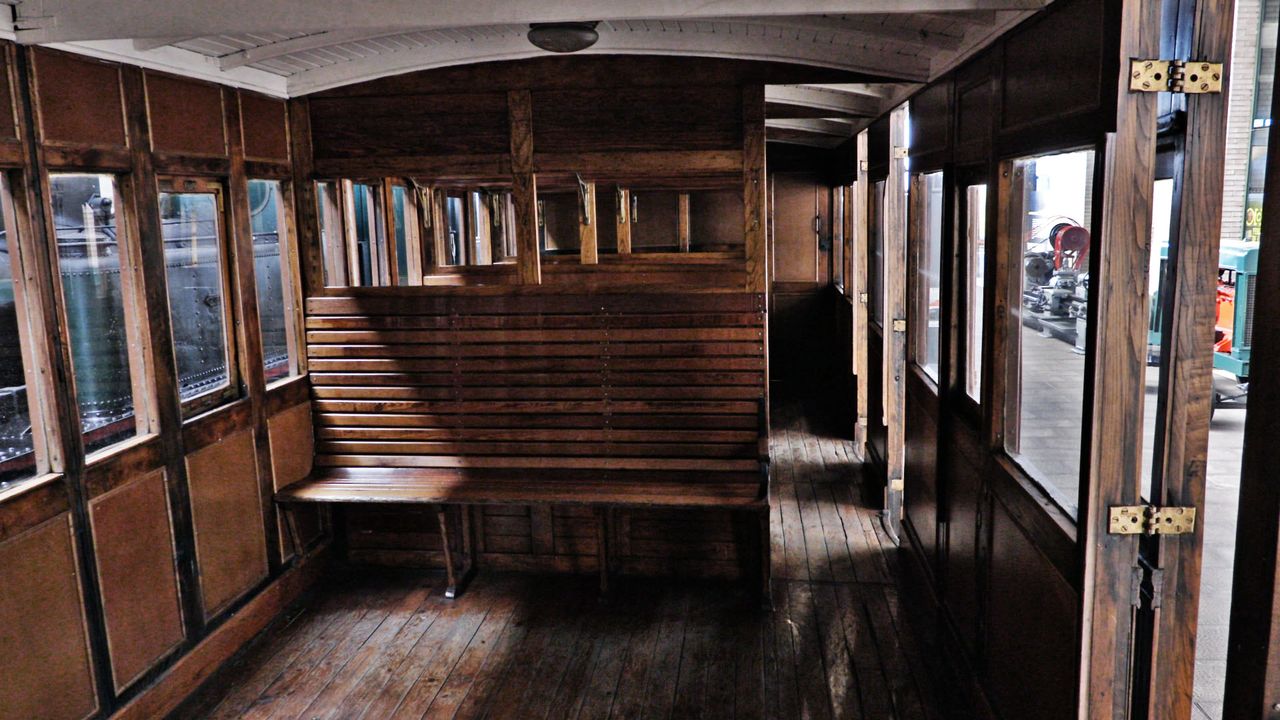
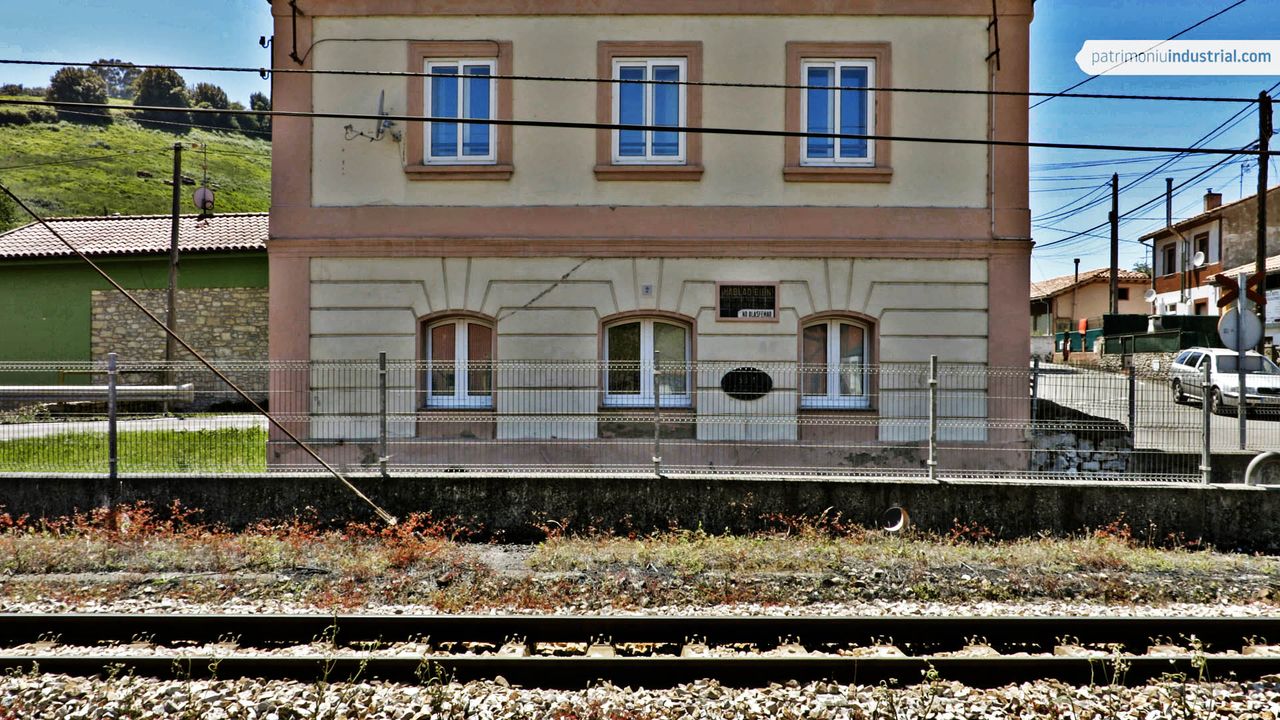


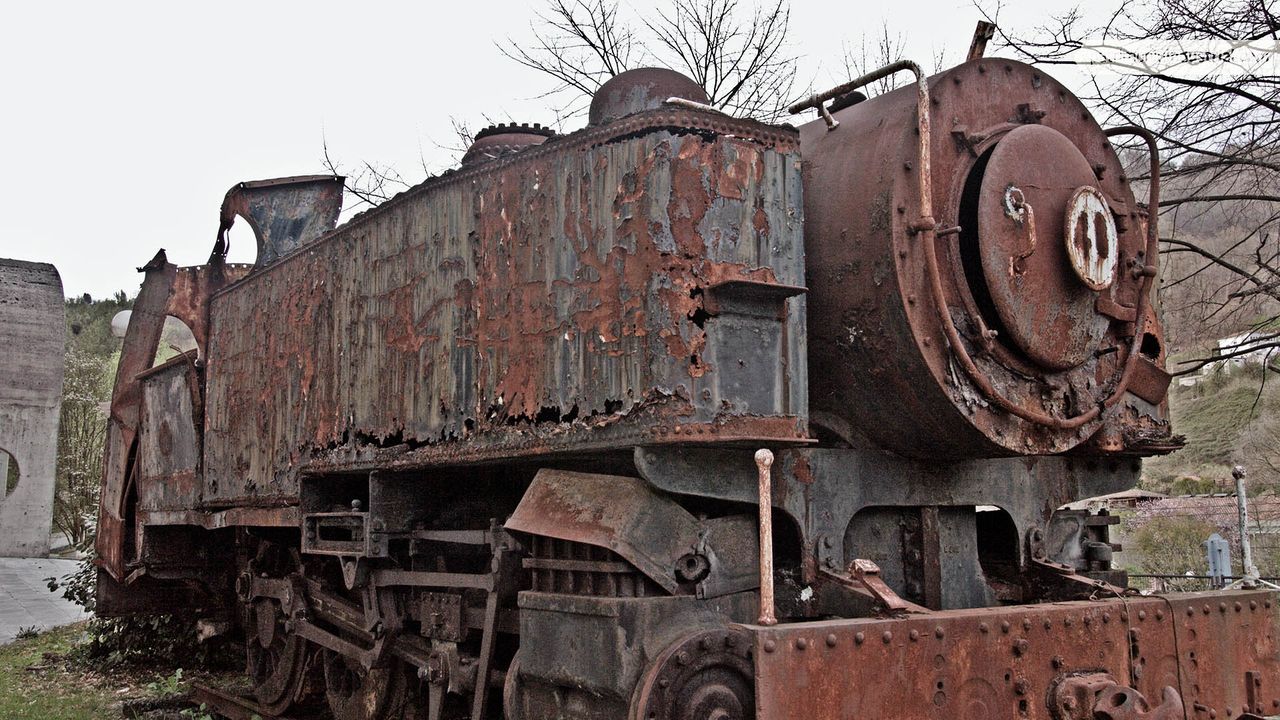
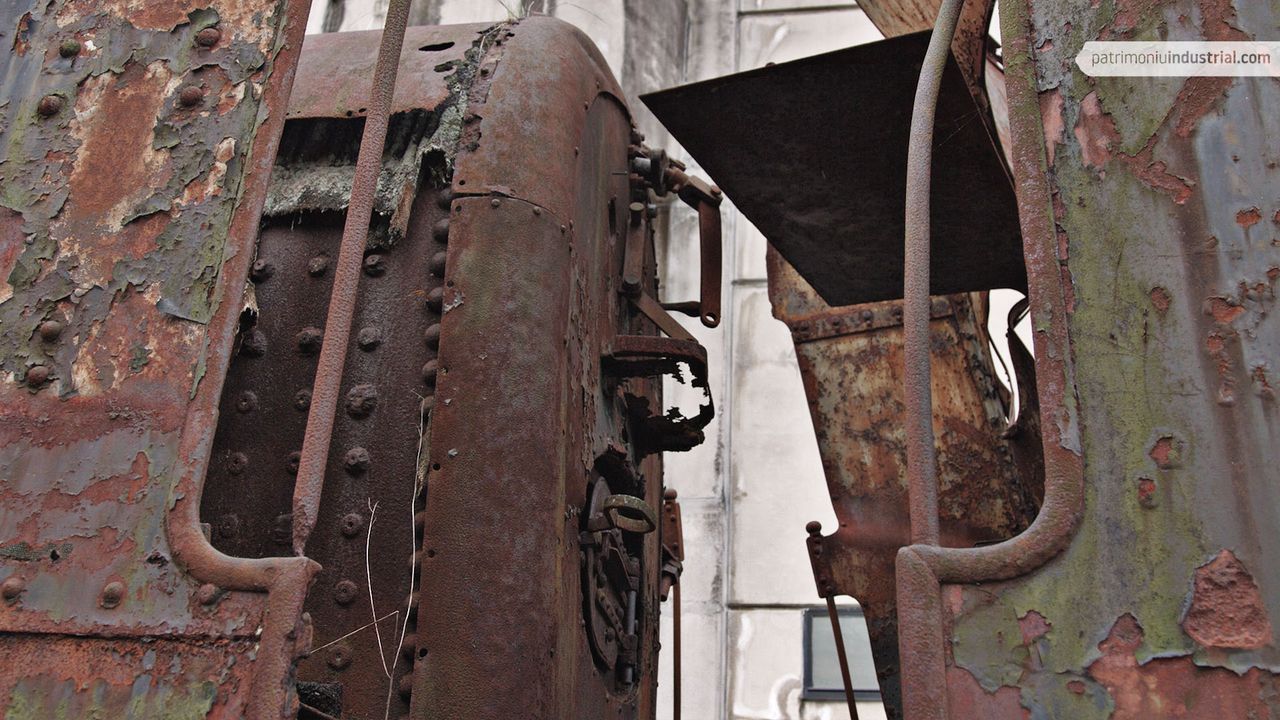
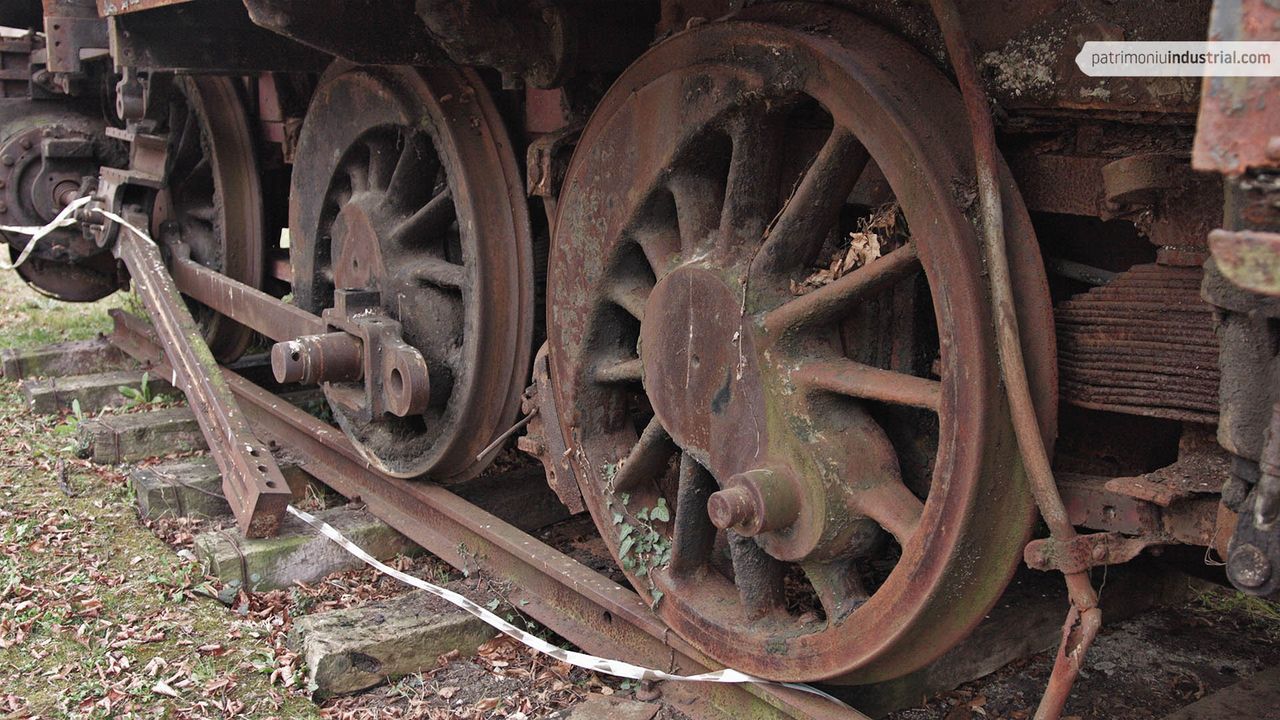

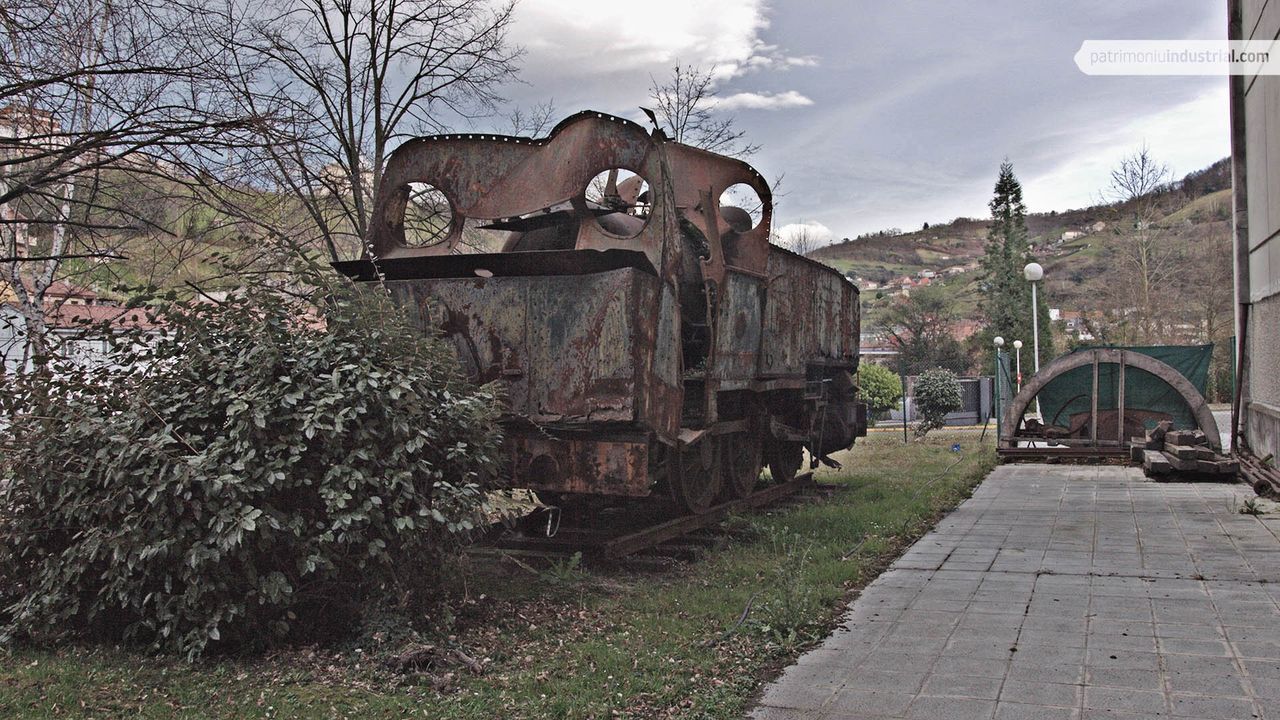
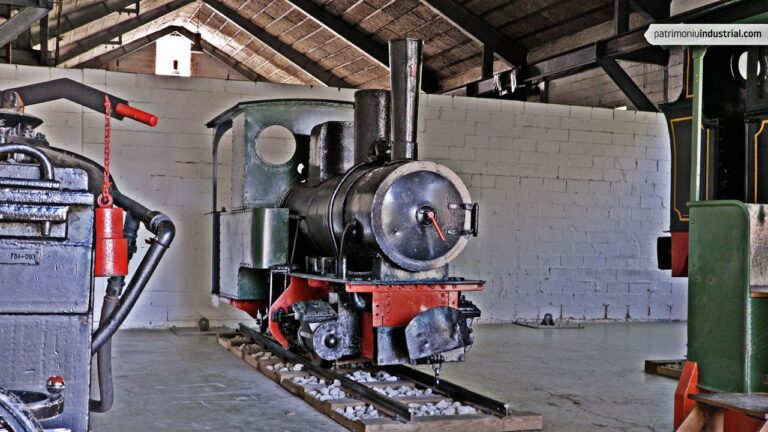
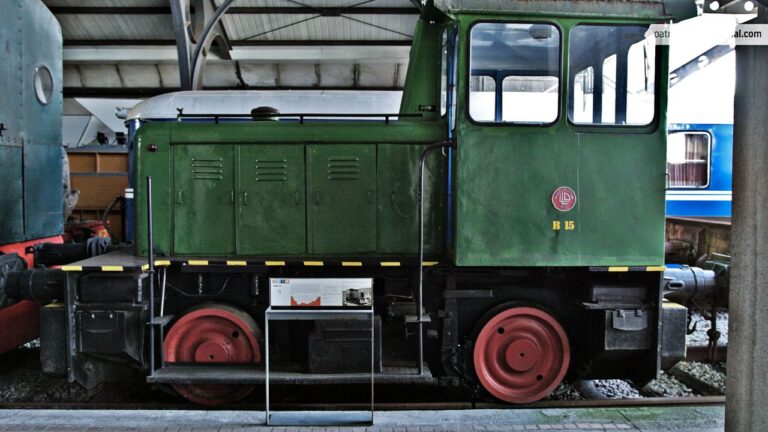


Recent Comments